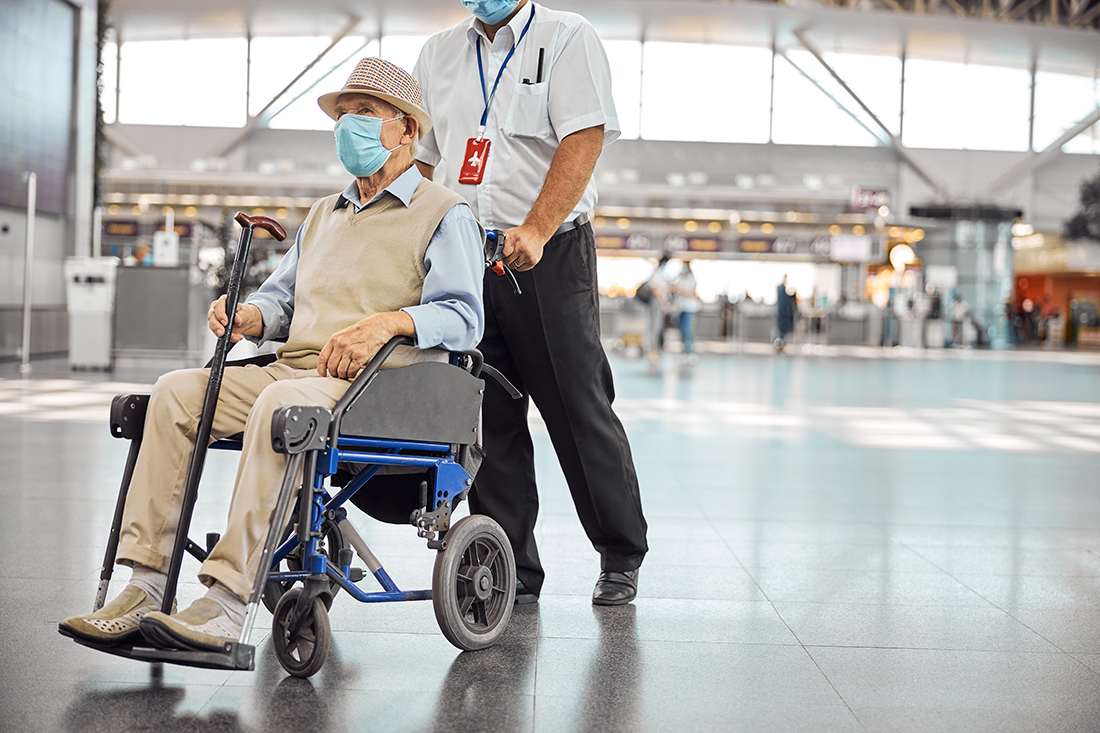Air travel has become increasingly accessible over the years, catering to individuals with various needs. One question that frequently arises for those who rely on mobility aids is: can you take a mobility scooter on a plane? The answer, while generally affirmative, does come with its set of guidelines and requirements.
Understanding Airline Policies for Mobility Scooters
Different airlines have varying policies when it comes to accommodating mobility scooters. However, most are governed by overarching aviation regulations and the need to ensure safety for all passengers. Here are some general rules:
- Advance Notification: Airlines typically require passengers to inform them in advance if they are bringing a mobility scooter. This helps the airline staff prepare for storage and manage space.
- Battery Type Matters: The type of battery your mobility scooter uses can influence its eligibility for air travel. For instance, dry or gel cell batteries are usually accepted, but wet or spillable batteries might need extra precautions.
- Collapsible vs. Non-Collapsible: Some airlines prefer or mandate that mobility scooters be collapsible for storage in the aircraft hold. This can depend on the size of the plane and the available storage space.
Pre-Flight Preparations for Your Mobility Scooter
Ensuring a hassle-free experience starts long before your flight:
- Check the Airline's Website: Most airlines detail their mobility scooter policies online. Familiarize yourself with these before you book.
- Battery Preparations: If your mobility scooter uses a lithium battery, ensure its correctly labeled with watt-hour information. It is also wise to fully charge the battery before the flight, though disconnecting it might be required during transit.
- Documentation: Some airlines might request documentation or a declaration regarding the scooter's battery type or its compliance with safety standards.
At the Airport: Navigating the Process
Arriving at the airport with your mobility scooter requires some additional steps:
- Early Arrival: It is recommended to arrive at least 2-3 hours before your flight to ensure ample time for check-in and security checks.
- Check-in: Declare your mobility scooter at the check-in counter. The staff will guide you on the next steps, which might include dismantling certain mobility scooter parts or securing the battery.
- Security: Mobility scooters, like other electronic devices, are subject to security screening. Follow the guidelines provided by the airport security personnel.
- Boarding: Most passengers with mobility aids are boarded before other passengers. This allows the ground staff to store the scooter appropriately, ensuring it is safely secured during the flight.
Arriving at Your Destination: Retrieving Your Mobility Scooter
Upon arriving at your destination:
Wait for Assistance: If you have used an airline wheelchair to disembark, wait for assistance to retrieve your mobility scooter. It might be brought to the aircraft door or the baggage claim area, depending on the airport.
Check for Damages: Inspect your mobility scooter for any damages that might have occurred during transit. If you notice any issues, report them immediately to the airline's customer service.
Reassemble if Needed: If parts of your scooter were dismantled for the flight, ensure all parts are accounted for and reassemble them if necessary.
Travel Insurance and Mobility Scooters
It is wise to invest in comprehensive travel insurance that covers potential damages or losses to your mobility scooter. Given their value and the importance they hold for users, having a safety net can provide peace of mind during your travels.
Final Reflections
Navigating the world of air travel with a mobility scooter can seem daunting initially. However, with appropriate preparation and a clear understanding of airline policies, it becomes a manageable and straightforward process. Remember, airlines are there to assist, and your comfort and safety are paramount. As you explore new destinations, your mobility scooter remains a reliable companion, making the world more accessible.

